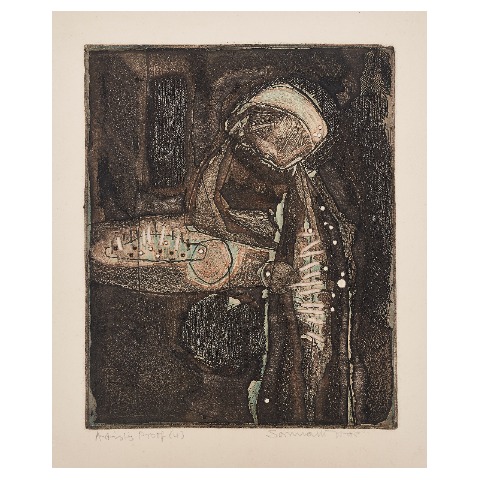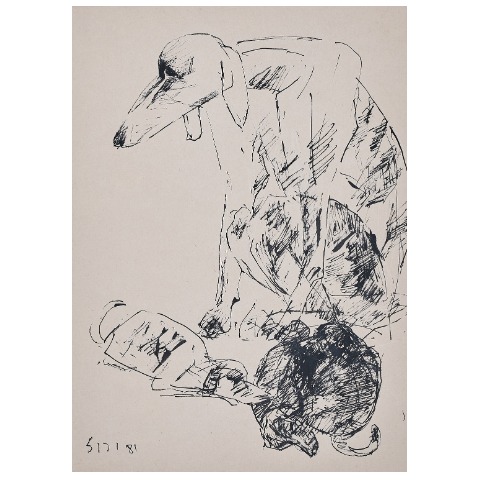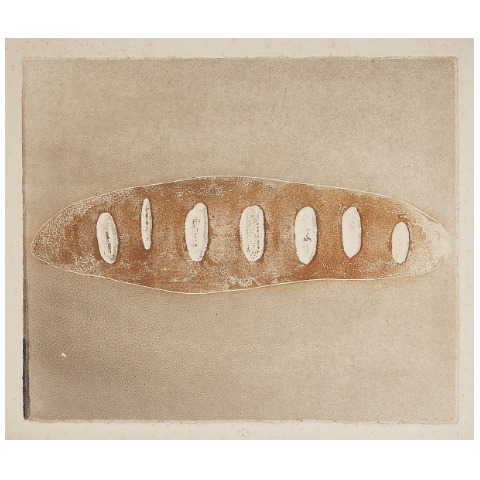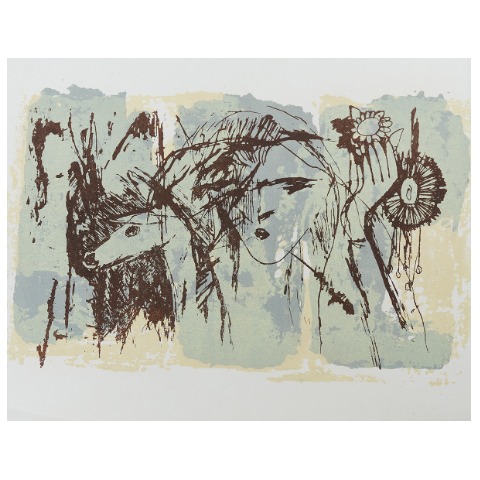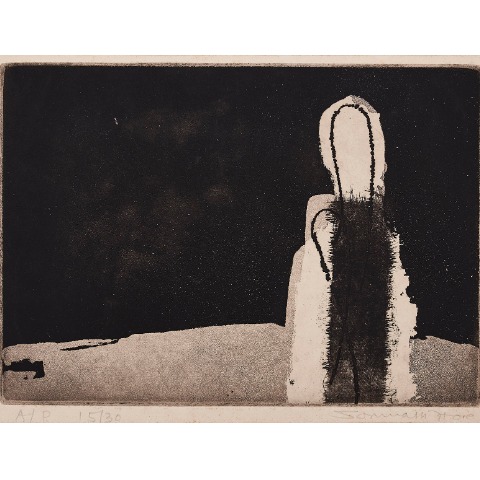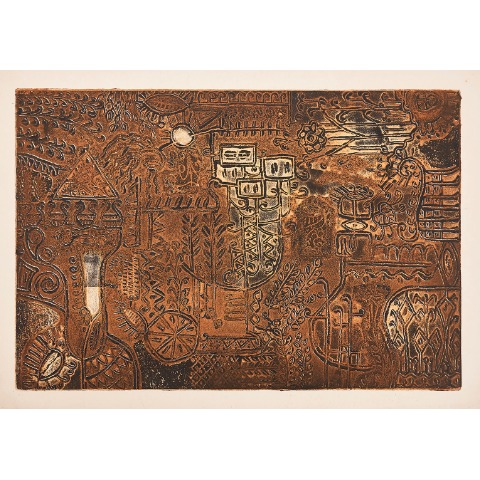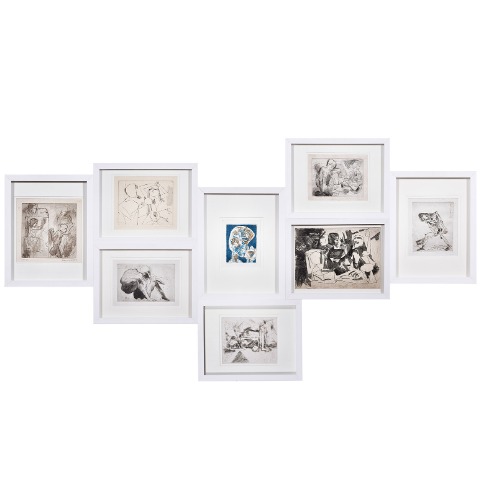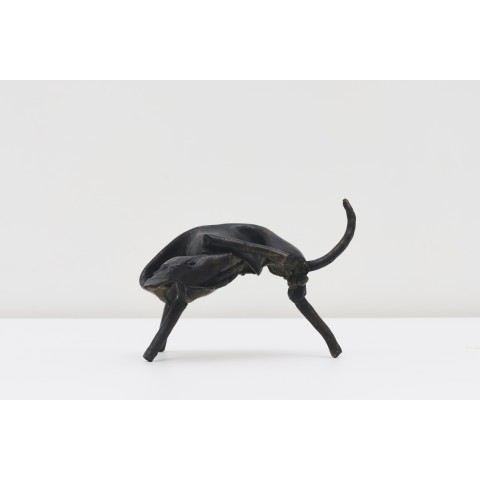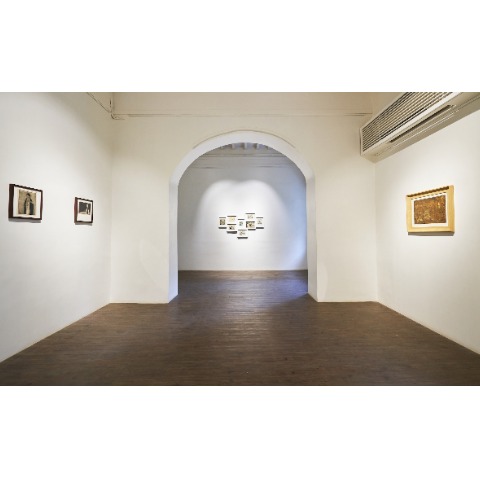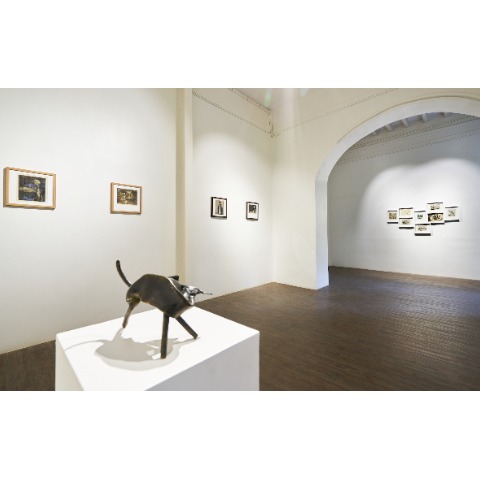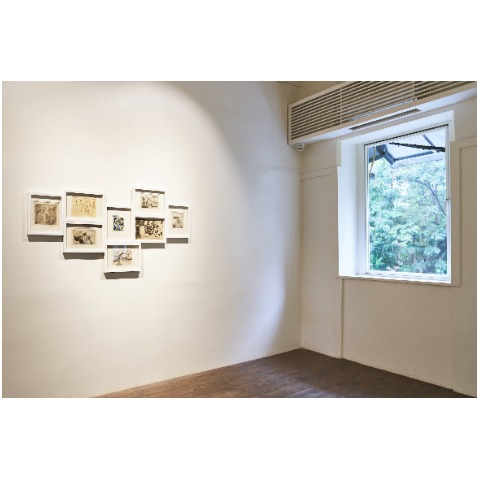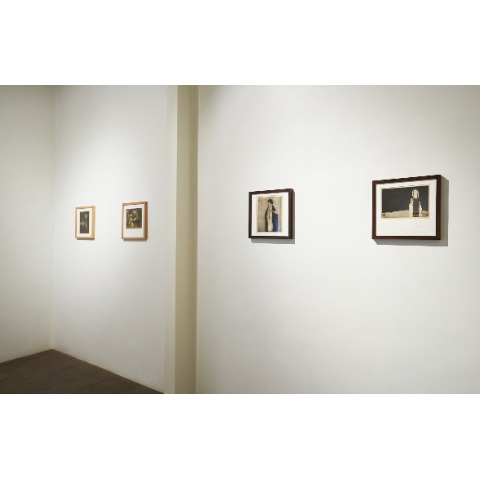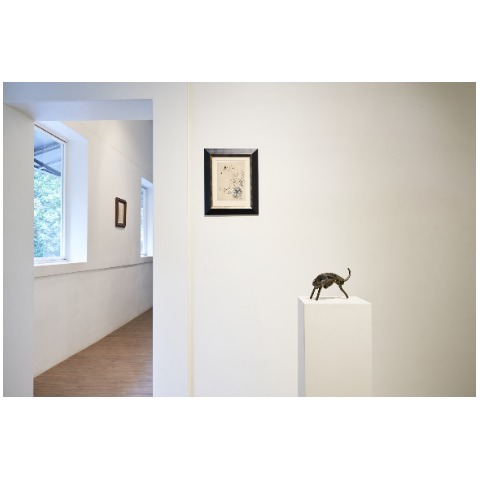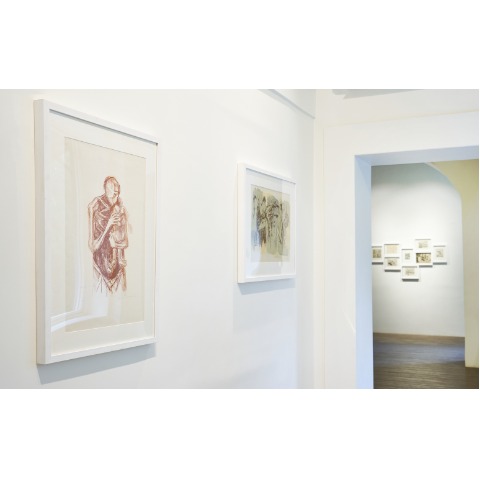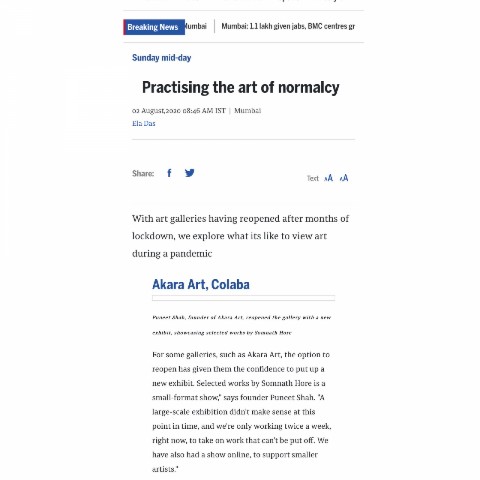
HORESCOPE - SOMNATH HORE
July 09 - July 31 , 2020
Politics and Art make strange bedfellows. But in the work of Somnath Hore, they come together, intertwine, find expression and become a legacy for the world to remember.What exactly transforms a man into an artist? It is the gift of eyes and soul. It is also the gift of disturbance. Hore’s early years were difficult to say the least. He lost his father at an early age, completed his education under the aegis of his uncle, affiliated himself to the Communist Party when he was very young making posters for the party, and gained entrance to the Government Art College in then Calcutta with patronage from the party. He witnessed the Bengal Famine and championed the cause of the Tebhaga Movement. At theGovernment Art College, he found a wealth of learning under Haren Das who presided over the graphics department. Through Chittoprosad Bhattacharya, printmaker and political propagandist, he felt the impact of the voice of art.
The man, Somnath Hore, was a learner of no mean accomplishment. The nuances and techniques of printmaking, specifically lithography and intaglio, he picked up, practised and refined at the Government Art College. He developed various printmaking techniques of his own as he experimented with the medium. By the 1950s he was considered to be the premier printmaker in India. His Pulp-print technique is immortalized in the critically acclaimed series called ‘Wounds’. So much of his sensibility was widened, sharpened, and heightened through all the artists he met in his lifetime. His trajectory only moves from strength to strength: he heads the graphics and printmaking department at Visva Bharati University; receives the Padma Bhushan award; and is commemorated by the National Gallery of Modern Art, New Delhi for posterity.
The artist, Somanth Hore, goes deeper than that. Art was his expression and it came from life, compelling in its horror and its terrible beauty. Sketches, sculptures and prints took the vast canvas of human suffering and reduced figures into masterful lines and strokes of distortion, contortion and loneliness. The viewer of his work may notice the brilliance of his techniques but they come away with a memory that has seeped under their skin: human faces and bodies that have shed all detail and become gaunt, hollow, wounded, stitched together in despair, stabbed by life, and reduced to a silent, lonely appeal. Human disturbance travels deep under his skin, travels with him always and never allows him to forget what has been seen with his gift of eyes, felt too deeply to ever erase with his gift of soul. This human sadness is ever his companion and even when he flirts with new techniques he has learnt and mastered, he comes back always to the record of human suffering. This is the triumph of the artist: for a while, the technique becomes the master but, then, it only serves how art imitates life.
His early years show us the boy struggling against personal difficulty and making acquaintance with his passion. His early career takes its spirit from a man-made famine, political ideology, the courage of revolt by peasants, the disillusion of politics and promises broken. His techniques are nothing short of brilliant and the youth who witnessed life turns into the artist who speaks as a painter, sculptor, muralist and printmaker. He makes great strides in the world of art but silently shuns its limelight. He is called a quiet hero. He is awarded and he is commemorated as one of humanity’s greats. But it is, perhaps, only with his death in 2006 that the world loses not only a brilliant artist but also the keeper of human conscience.


